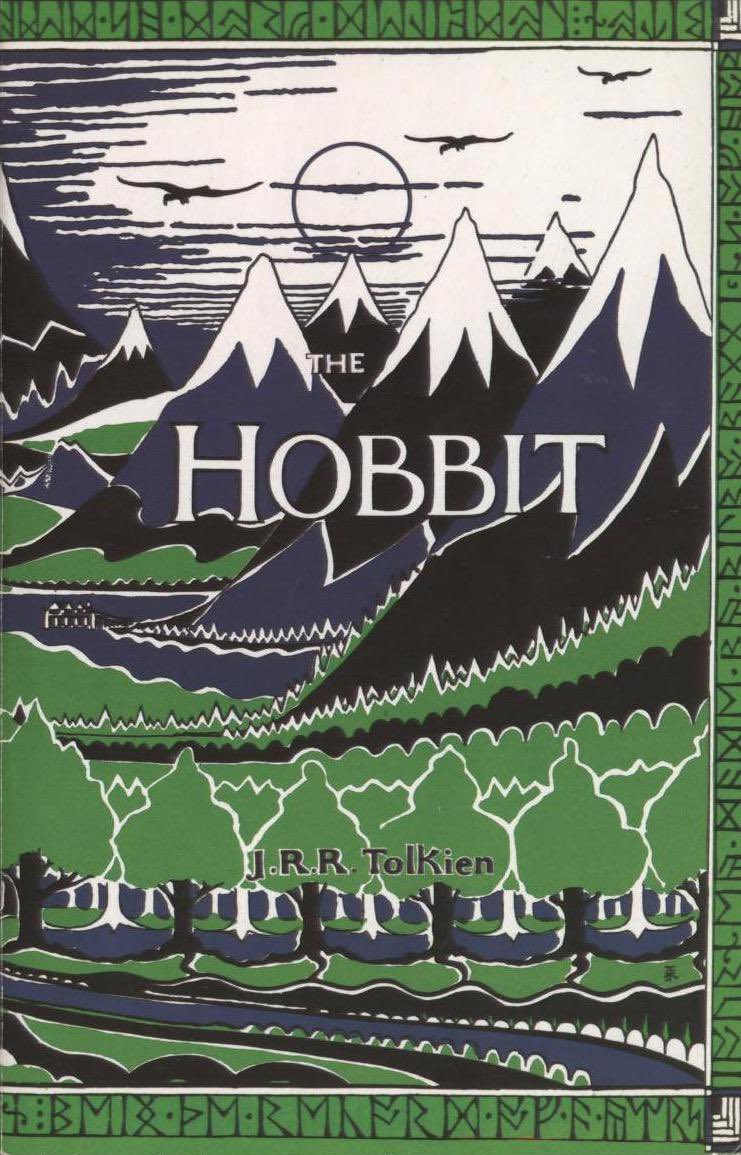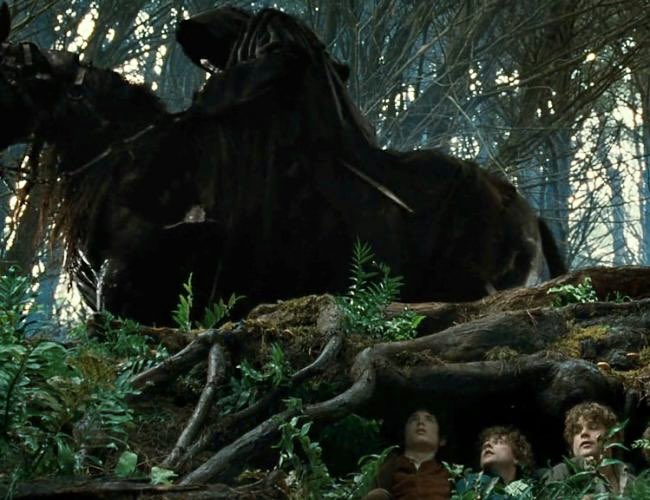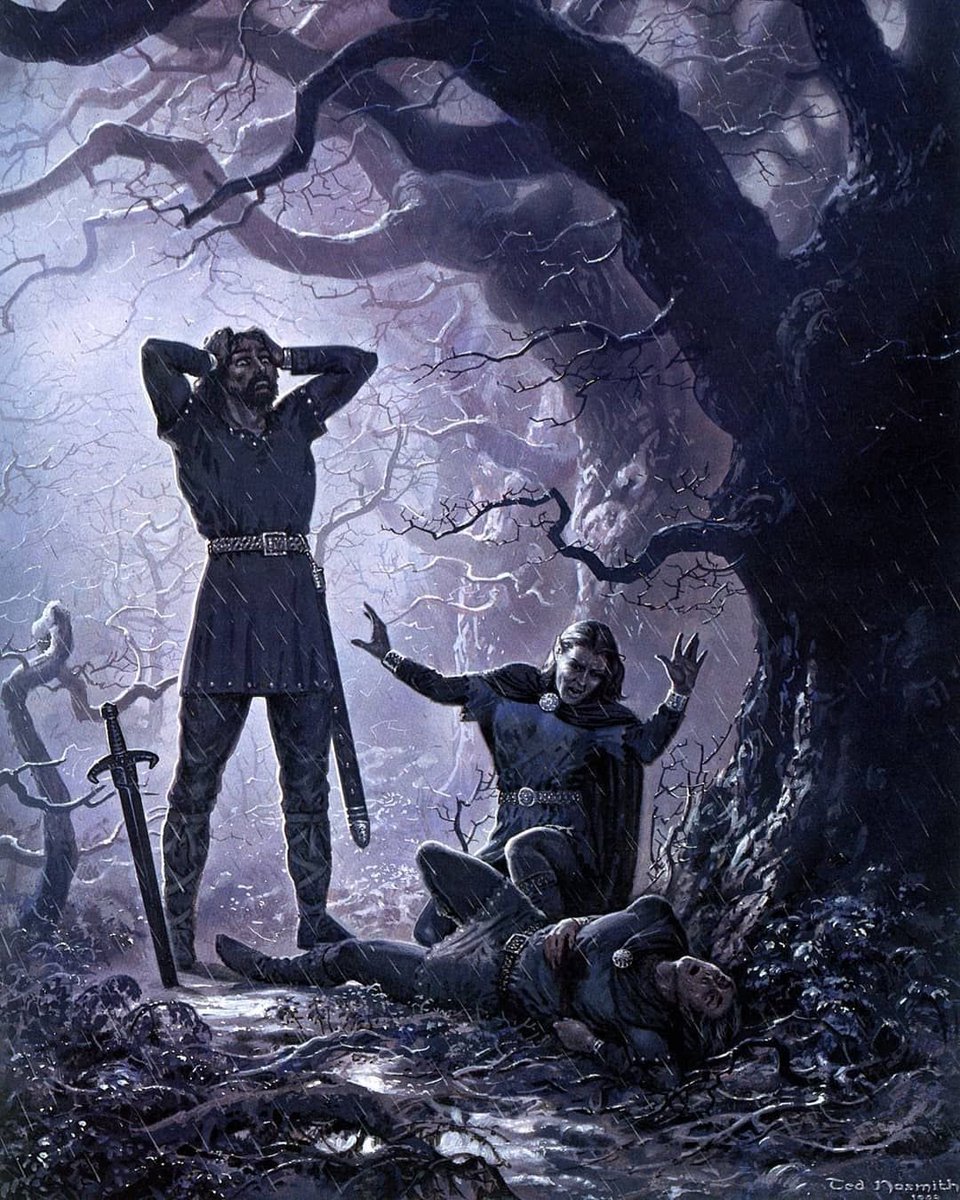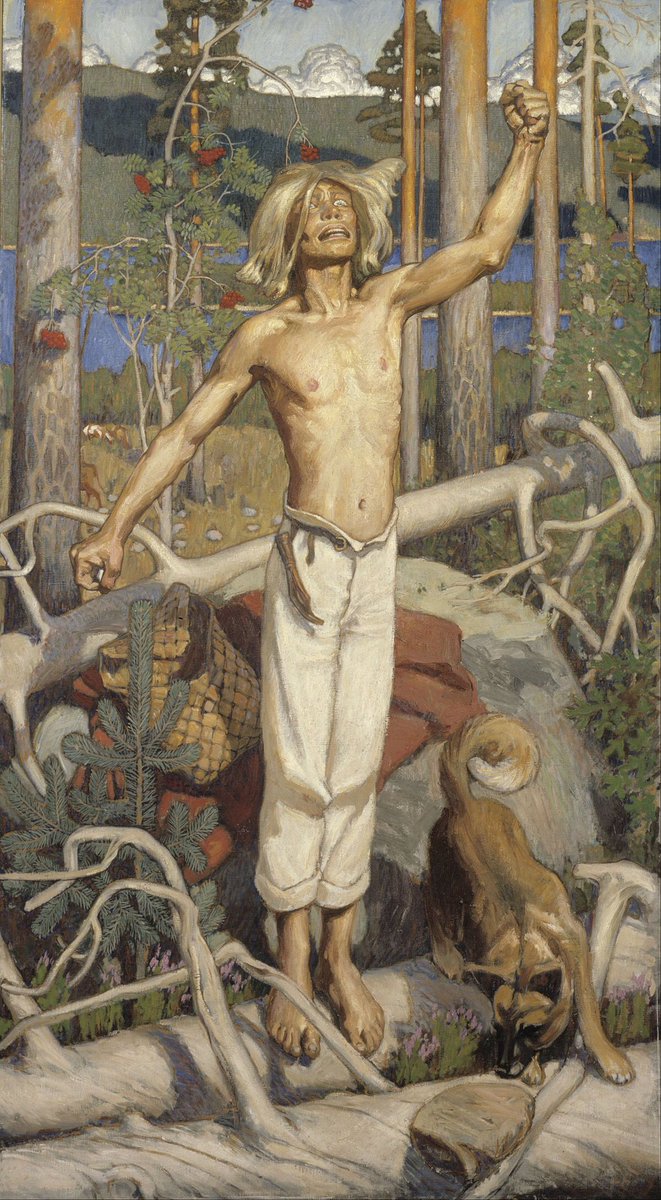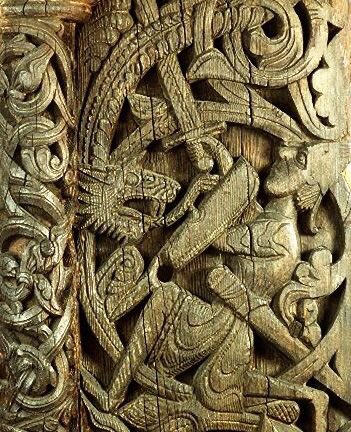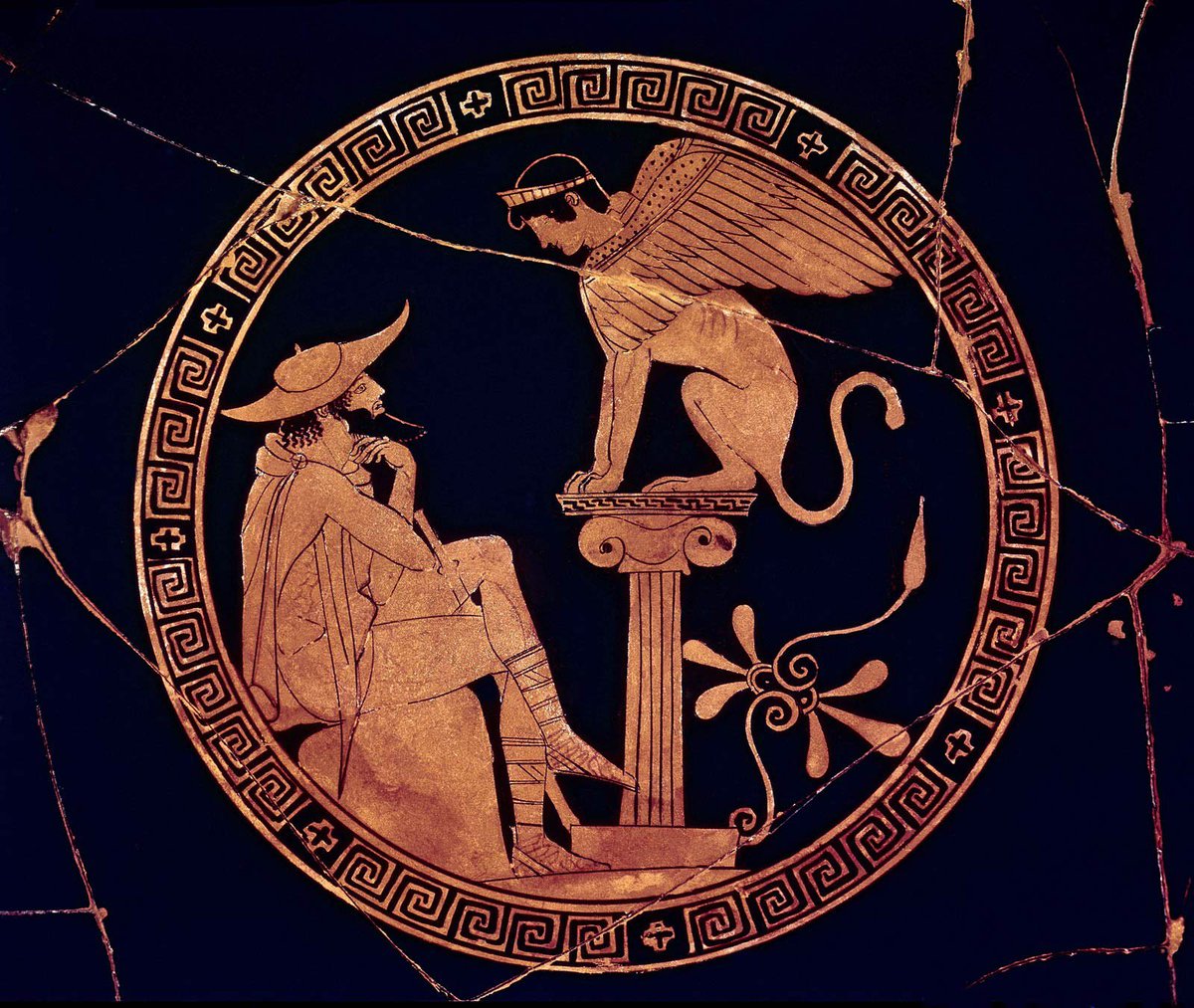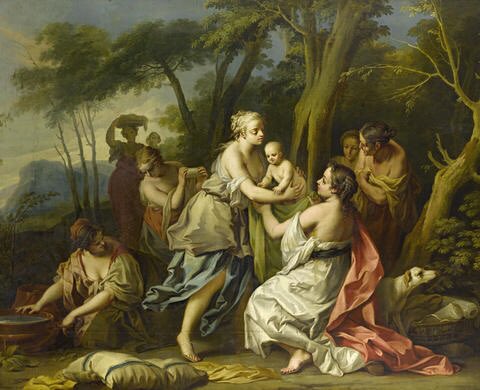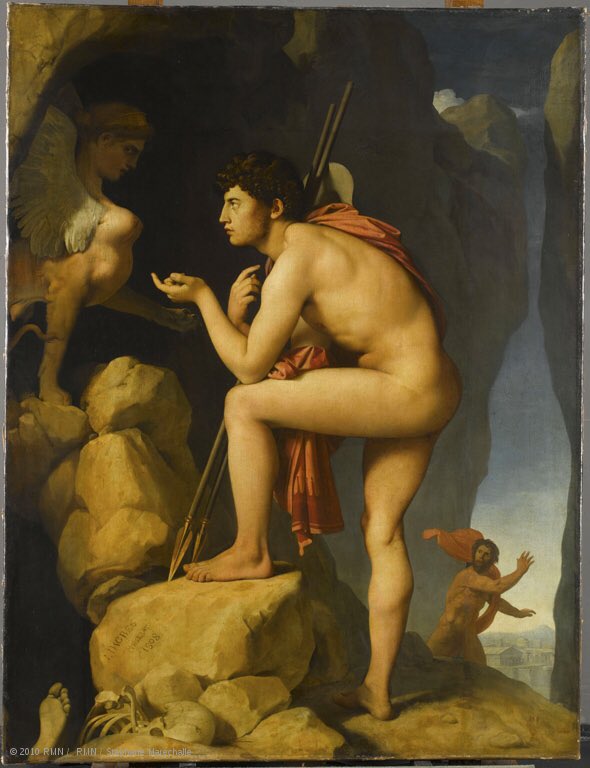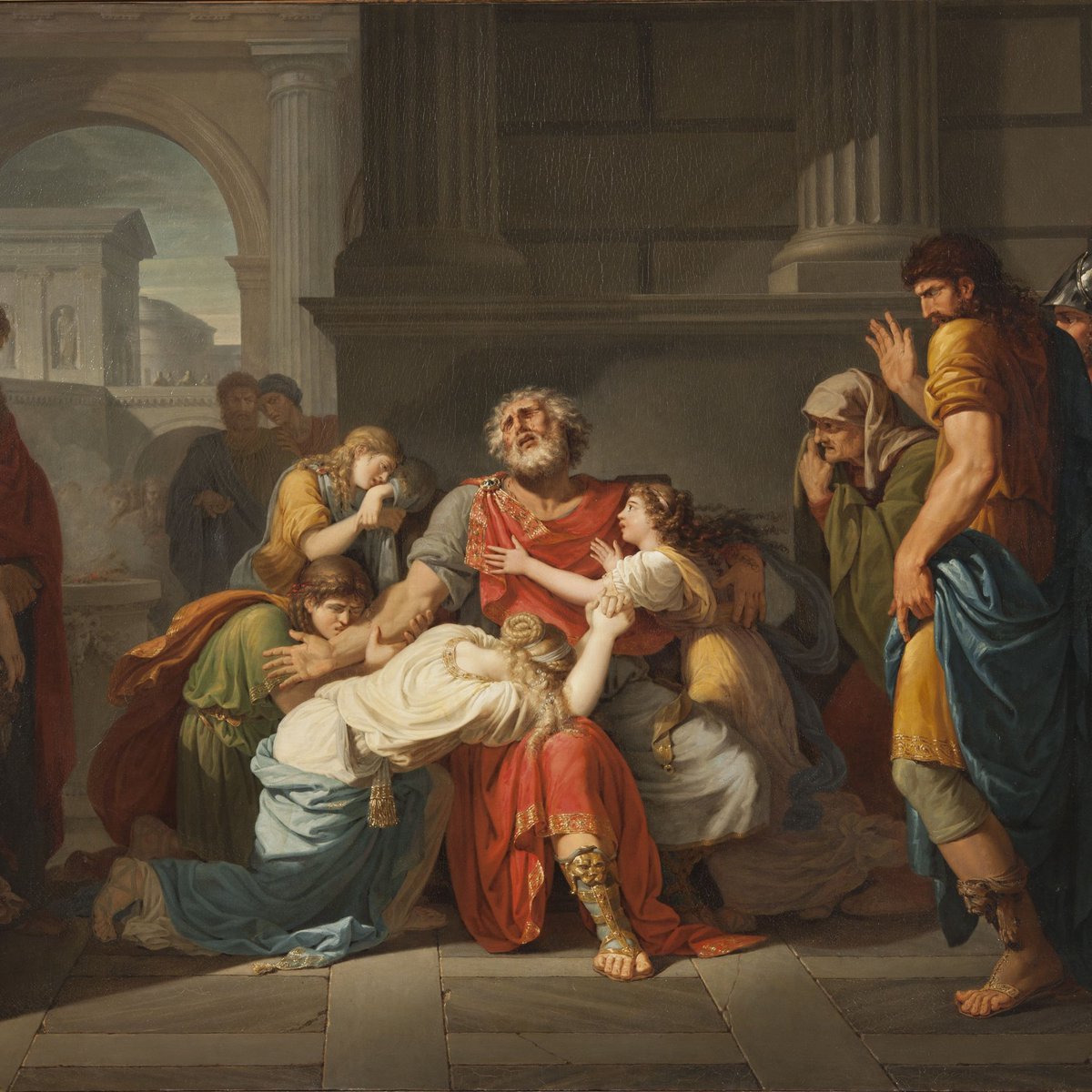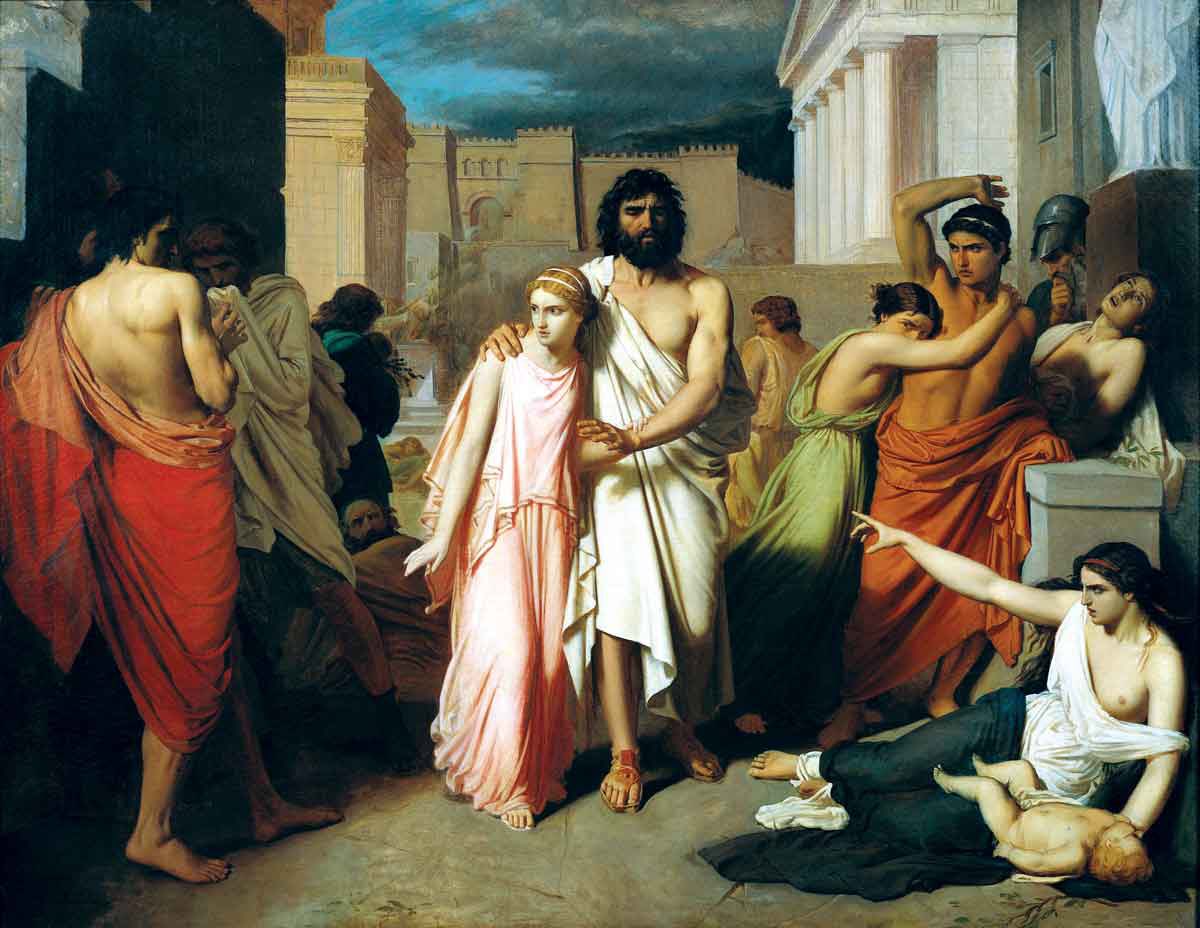4th #Tolkien session @IMC_Leeds: “J.R.R. Tolkien: Medieval Roots and Modern Branches”.
First up: Andrzej Wicher: “How Christian is The Lord of the Rings?: Tolkien’s Work Seen in the Context of the Biblical and Theological Tradition” @TolkienSociety @UofGFantasy
First up: Andrzej Wicher: “How Christian is The Lord of the Rings?: Tolkien’s Work Seen in the Context of the Biblical and Theological Tradition” @TolkienSociety @UofGFantasy
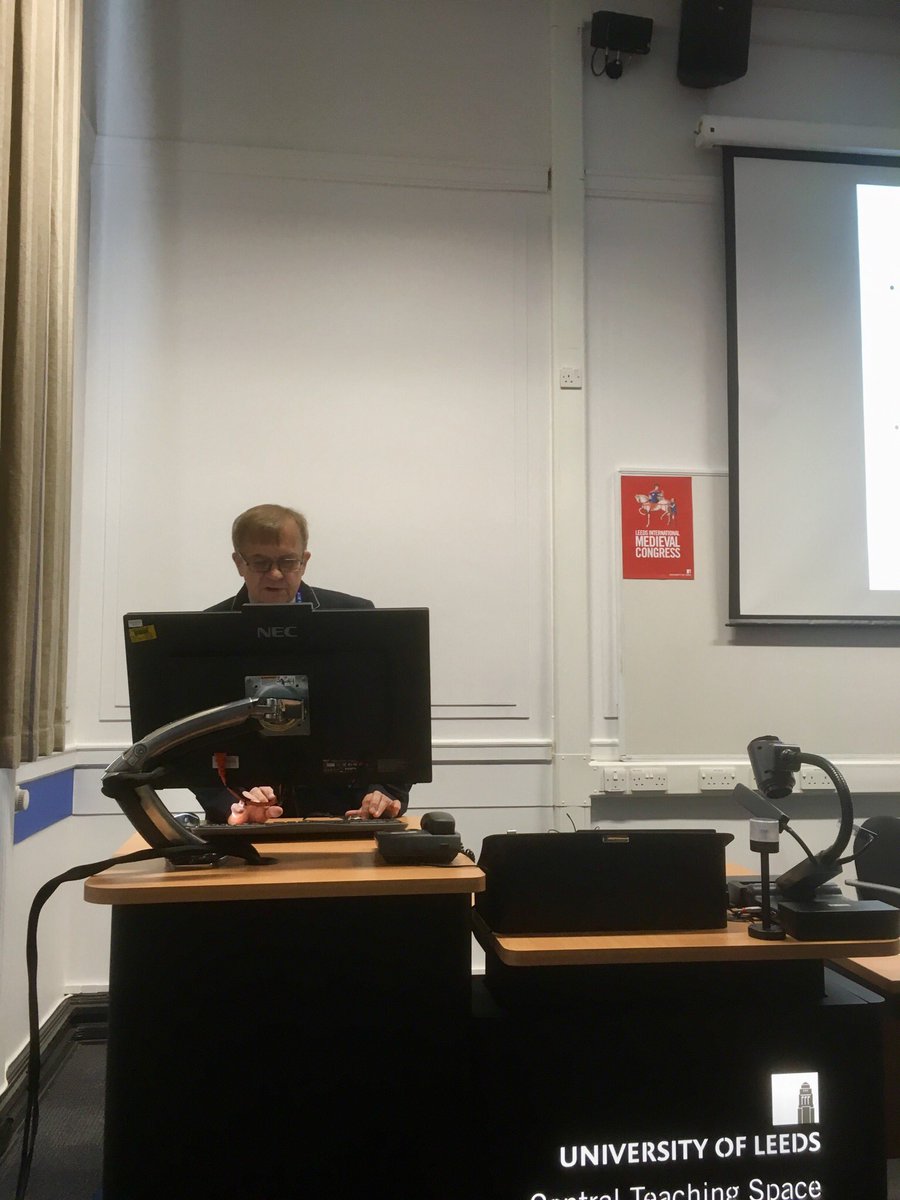
Wicher’s main thesis is that the more Tolkien tries to avoid religion in The #LordOfTheRings, the more he ends up including it. He begins with Tertullian and the idea of Christianity as a paradox. @IMC_Leeds #IMC2019 @TolkienSociety 



Wicher: The One Ring as a peculiar avatar of the Anti-Christ, from a theological point of view. It’s history has resonances with the story of Cain and Abel. @IMC_Leeds #IMC2019 @TolkienSociety 

Wicher: the “Gollumian” aspects of Boromir - just like Sméagol and the birthday present, Boromir seems to want to rectify something he sees as “illogical“. He is revealed as agnostic. His portrayal may chime with that of doubting Thomas. @IMC_Leeds #IMC2019 @TolkienSociety 



Wicher: Aragorn to Boromir: “I forgive your doubt.... I am but the heir of Isildur, not Isildur himself” - again echoing Jesus’s identification as the Son of God, not God himself. Boromir as a “double” of Aragorn in the tradition of Thomas Didymos (Twin). @IMC_Leeds #IMC2019 

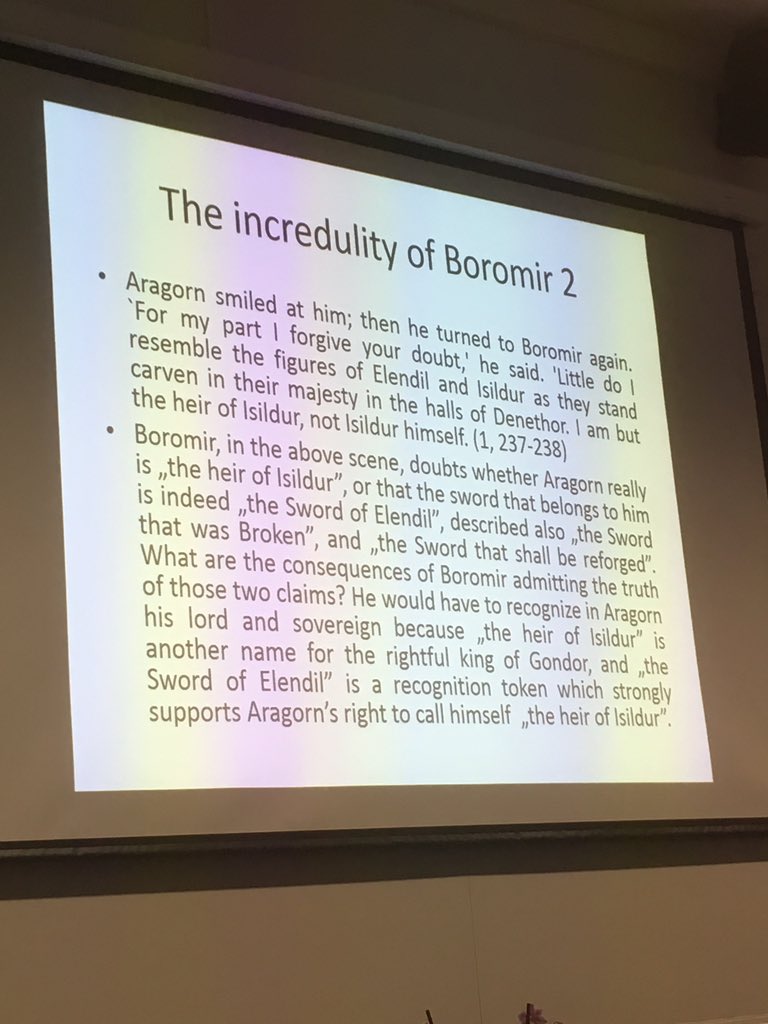

2nd speaker: Dennis Wilson Wise on “A Straussian Approach to Tolkien’s Medievalism: Or, Reading Tolkien’s Literary Adaptations in Light of the Conflict between Ancient and Modern” @IMC_Leeds #IMC2019 @In_Vico_Veritas @TolkienSociety @UofGFantasy 

@In_Vico_Veritas now traces major Straussian themes which *may* be useful to study Tolkien:
@IMC_Leeds @TolkienSociety #IMC2019
@IMC_Leeds @TolkienSociety #IMC2019

@In_Vico_Veritas: the most fertile theme for analysing The #LordOfTheRings is the ancient vs. the modern. There is already some discussion that applies Straussian lens to #Tolkien:
@IMC_Leeds @TolkienSociety #IMC2019
@IMC_Leeds @TolkienSociety #IMC2019

3rd speaker: William James Sherwood on “The Medieval Faërie from Keats through Morris to Tolkien”.
@IMC_Leeds @TolkienSociety @UofGFantasy #IMC2019
@IMC_Leeds @TolkienSociety @UofGFantasy #IMC2019

Sherwood: #Tolkien scholarship has neglected Keats but there’s a line of influence from Keats, to Morris, to Tolkien.
@IMC_Leeds @TolkienSociety @UofGFantasy #IMC2019
@IMC_Leeds @TolkienSociety @UofGFantasy #IMC2019

Sherwood: Keats as a significant inspiration for the Pre-Raphaelite Brotherhood. Tolkien definitely read Morris and referred to the Pre-Raphaelites (esp. as an analogy for the TCBS).
@IMC_Leeds @TolkienSociety #IMC2019 @UofGFantasy
@IMC_Leeds @TolkienSociety #IMC2019 @UofGFantasy
Sherwood: some references to Keats on #Tolkien’s scholarship but marginal. But notice similarities in diction between Keats and Tolkien’s early poetry:
@TolkienSociety @IMC_Leeds #IMC2019 @UofGFantasy

@TolkienSociety @IMC_Leeds #IMC2019 @UofGFantasy
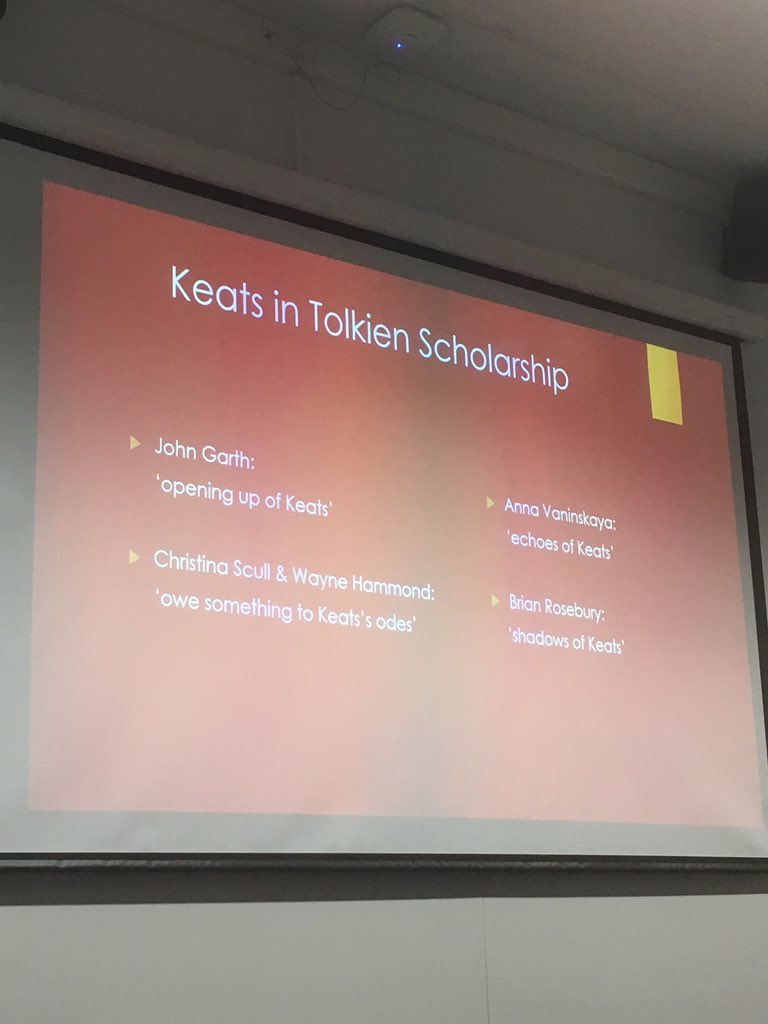

Sherwood: mental flight as a strong trope of Romantic poetry coupled with synesthesia - a Keatsian element. Note these in this extract from The #LordOfTheRings:
@TolkienSociety @IMC_Leeds #IMC2019
@TolkienSociety @IMC_Leeds #IMC2019

Sherwood: Morris’s poetry is also full of examples of synesthesia. The chain of transmission from Keats to Tolkien goes through Morris.
@IMC_Leeds @TolkienSociety #IMC2019 @TolkienSociety
@IMC_Leeds @TolkienSociety #IMC2019 @TolkienSociety

• • •
Missing some Tweet in this thread? You can try to
force a refresh


















